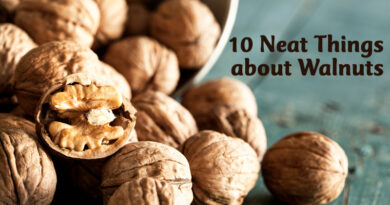10 Neat Things about Annuals
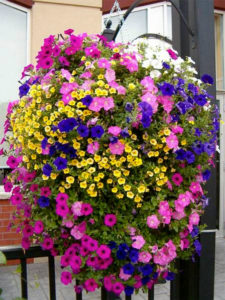
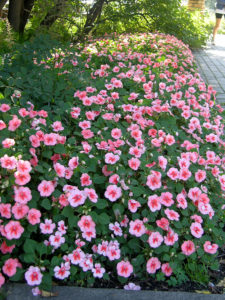

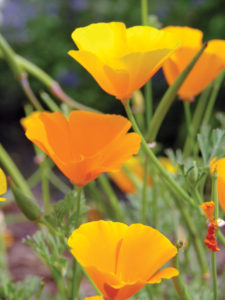
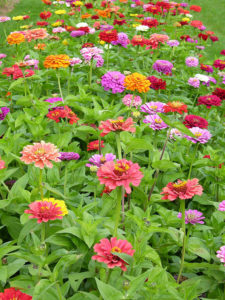
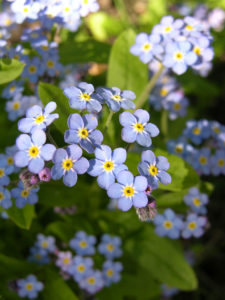
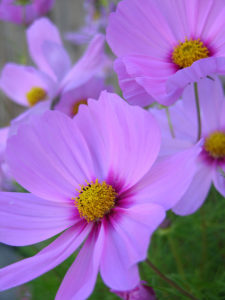
1. Live fast, die young.
In the plant world, an annual is a plant that completes its life cycle in one season, from seed to plant to flower and back to seed again. Because of the high concentration of energy needed for this short lifespan, most annuals benefit from fertilizing, especially if they are grown in containers. An all purpose, balanced fertilizer (all three numbers the same) is usually fine for annuals. Don’t overdo it. Every two to three weeks is usually enough to keep potted annuals looking their best.
2. Seed for feed.
Eighty per cent of the food crops grown are annuals. That’s because we generally eat their oil-rich seeds or their starchy roots.
3. When an annual is a perennial.
Thanks to our love of plants, we go to great lengths to grow many plants that would be perennial in their native habitat but that do not survive the winters here. Among these are petunias, impatiens, snapdragons, coleus, tomatoes and bell peppers to name a few. True annuals include beans, zinnia, marigold, rice, wheat, peas and lettuce. Carrots and parsley are really biannual but we generally grow them as annuals.
4. Celebration of seed.
One of the glories of true annuals is producing seed for next year’s garden. Plants such as bachelor buttons, annual cosmos, California poppies, ordinary forget-me-nots, love-in-a-mist (Nigella) and calendula all self-sow generously in most northern climates. You can also collect the seed and make these prolific plants behave in the garden next year.
5. Sterile seeds.
Many new plant varieties with quirky habits or features are bred and introduced to the marketplace each year. Sadly, many of them have been bred to produce sterile seeds, seeds that won’t come true to the parent or no seeds at all. Nor do all sterile plants feed the birds and the bees. (Some hybrids do not produce pollen or nectar.) But hybrids are generally brilliant bloomers and never stop blooming. Why would they? They don’t have to produce seeds.
6. Deadheading annuals.
Most annuals from seed will respond to deadheading, or the removal of wilted flowers back to the first stem. These would include marigolds, zinnias and geraniums (Pelargonium). Pansies will perform brilliantly all summer if you deadhead them or pick them for bouquets. Sweet alyssum will bounce back after a shearing in mid July.
7. Off with their heads, anyway.
So why cut back the hybrid petunias? Pruning doesn’t do a thing to promote blooming or produce seeds, but it does promote branching and hence a fuller plant with more meristems from which to produce flowers. Give your petunias a hard pruning about halfway through the season for a better looking plant right into September. If you like, you can prune in stages, a third or a half of the plant at a time, to maintain some bloom throughout the process. Species petunias need to be deadheaded, of course.
8. Brilliant fillers.
Self-sowing annuals can be a wonderful way to fill in bare spots in the perennial garden to get that lovely English country garden look. Golden poppies, blue forget-me-nots (which will die back by mid June), pretty pink and white cosmos, multi-coloured zinnias, and sweetly scented stocks are just a few of the lovely things you can let go a little wild in such a garden.
9. For now and forever.
Collecting seeds from annuals (or perennials, for that matter) requires a bit of patience and a lot of close observation. It is important to collect the seeds at the point of ripeness, just when the plant itself is ready to release them. The seeds generally look dry and brown and the seed cases are starting to open when all is ripe. You can place a paper bag over the seed head to capture the seeds, then cut the stem and shake the dry seeds into the bag to catch all the little gems.
10. Planting in fall.
Self-sowing annual seeds can be planted in fall for an early and effortless spring crop. All you have to do is sprinkle the seeds over the ground where you want them to grow next spring. You can even do this after the first light snowfall. If you are collecting your own seeds, this may be a good idea for some plants that require stratification or exposure to cold to germinate. Bought seeds will be pre-treated, ready to plant out in spring.(Scarification is another matter. In this case, seeds need help in breaking their hard outer coats, something in nature that is often accomplished by fire or by the digestive process of animals or birds.)
– Dorothy Dobbie Copyright©
Pegasus Publications Inc


